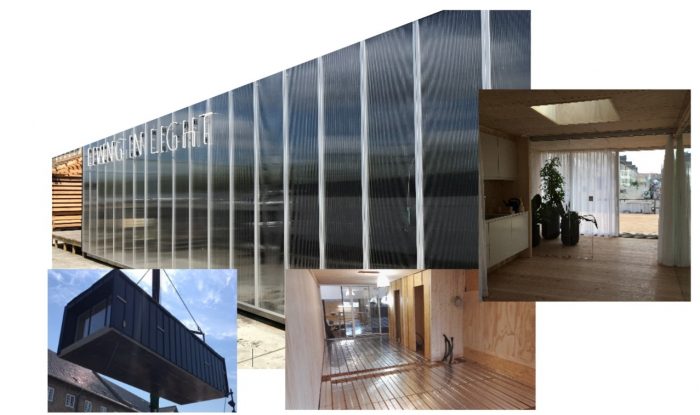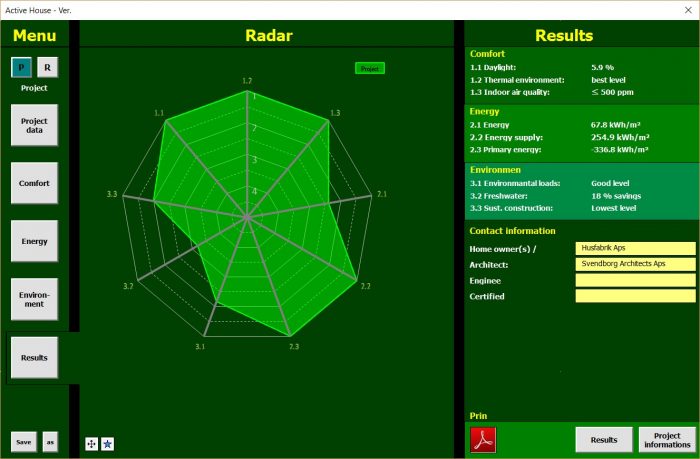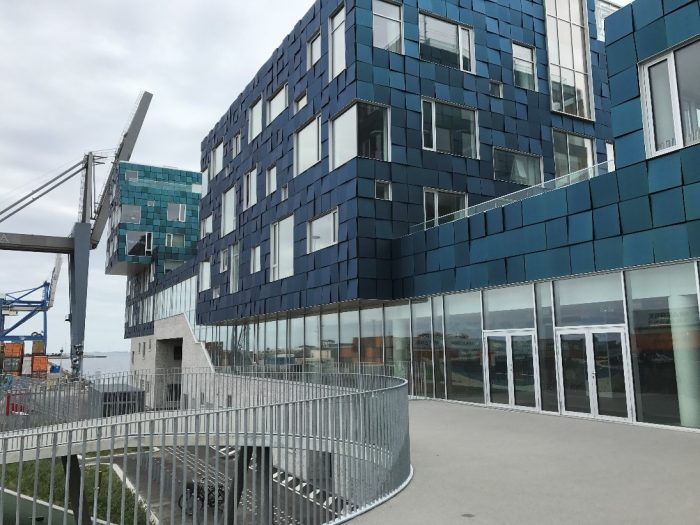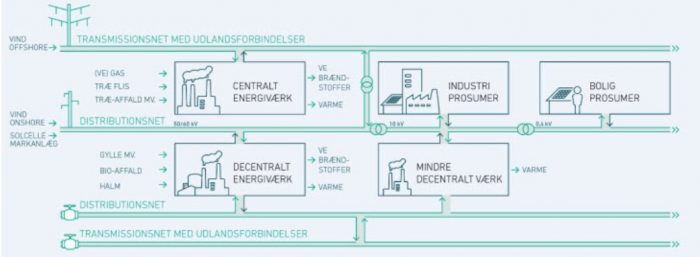Peder Vejsig Pedersen, senior advisor at Kuben Management A/S, discusses implementation of 100% zero energy building standards, for implementation with new and existing buildings
How is it possible to obtain a common standard for energy efficient building; which both aims high for new buildings, while it also can be utilised for existing buildings, in the aim of achieving 100% zero energy buildings?
The best background to this discussion is the EU-Building Directive and the connected “Nearly Zero Energy Building” standard.
For new building projects, it is in many cases possible to establish a 100% zero energy building standard, even though it is demanding with respect to optimising the architecture by help of new types of energy producing facades and roofing materials.
If the aim is 100% zero energy building, then this is easier to obtain for less compact buildings with only few storeys, because the amount of building surfaces is higher, e.g. for use with solar electricity production. Also more optimised concepts can be obtained when you are not only dealing with one building but can instead aim to optimise renewable energy production for whole city areas, where the best surfaces can be utilised including local infrastructure.
At the same time 100% zero energy building is easier to obtain for housing than for public or commercial buildings since the household electricity use is not included in the energy calculation of a building. From an economic point of view it can be preferable to handle the whole electricity use for complete housing estates with several buildings as one consumer based on one electricity purchase meter if, for example, the involved housing association can handle the individual electricity billing based on sub meters for individual apartments. In this case household electricity use is included.
For renovation projects similar solutions will, in many cases, also be possible if you are dealing with deep renovation; where the renovation also includes exchange of roofs and facades. For more distributed low rise housing areas, this model will however need an improved way of handling the actual electricity production and consumption metering by a kind of virtual metering concept to ensure more reasonable extra metering costs. A solution which Danish authorities have, in principle, agreed as useful to implement.
The international Active House Standard
If the mentioned policies shall be implemented in practice in the best way, then it will be an obvious choice to combine these with use of the international “Active House” standard. This has a combined focus on “energy, comfort and sustainability”, based on 3 criteria for each of these areas, and with possible use both for new building as well as renovation.
Before a building can get the official Active House label, the Active House standard demands, that all parameters are evaluated and verified. See also www.activehouse.info and www.aktivhusdanmark.dk, where the benefits of working with a global oriented standard is illustrated; especially with a very strong focus on indoor air climate, something which is not handled in a clear way in the EU building directive.
It can be suggested to utilise and adapt the Active House Standard so it also includes a focus on user satisfaction and performance documentation in practice; at the same time as different levels of zero emission standards by help of renewable energy is included.
Further more, what would really have a large impact would be development of a methodology concerning how to organise such a standard, not only for one building but for whole city quarters as part of a Smart City and Smart Grid development. Different levels of zero energy building can be used as a driver for practical implementation of building integrated PV solutions
Different levels of zero energy building as a driver for practical implementation of building integrated PV solutions
Here it is suggested to use f.ex. prosumer level 1,2,3, and 4, to show how much your building lives up to a zero energy building standard alongside the general energy quality of the building.
Below is shown two examples of Active House labelled buildings in Denmark using BIPV to reach a Nearly Zero Energy Standard.
The “Living in light” box
The living in light box is a prefabricated active house full scale testing unit realised in connection to the Nordic Built projects, “Living in Light” and “Active Roofs and Facade in Sustainable Renovation” .
The Living in light concept is at present applied to the renovation and urban renewable of a small housing block in Copenhagen.
The aim of this demonstration unit was to prove the benefits of a synergy focused on Energy, Comfort and Sustainability.
The main feature of the Living in light concept is the summer garden space, what is a a new development idea of the traditional winter garden also known as a sunspace.


Copenhagen International School
 Copenhagen International School in Nordhavn in Copenhagen has the largest building integrated PV installation in Europe, covering all facades and supplying 50% of yearly electricity use by solar energy. Cenergia which is now part of Kuben Management is working on Active House labelling, and will here try to use Prosumer level 1 – 4 in connection to the assessment.
Copenhagen International School in Nordhavn in Copenhagen has the largest building integrated PV installation in Europe, covering all facades and supplying 50% of yearly electricity use by solar energy. Cenergia which is now part of Kuben Management is working on Active House labelling, and will here try to use Prosumer level 1 – 4 in connection to the assessment.
Zero Energy Prosumer Building with Active Roofs and Facades as part of a Smart Energy supply system
In Denmark Energinet.dk, which is responsible for the Danish energy system as a whole, including operation and planning for the future, has in their “ System perspective 2035” report launched the vision of smart energy distribution networks with both industry prosumers and housing prosumers, linked into a flexible energy distribution system, which utilise heat pumps and storage technologies to be able to utilise as much as possible of available wind power and solar power. This means that, future district heat distribution networks will be based on very low temperature operation that can support this policy in an effective way.









